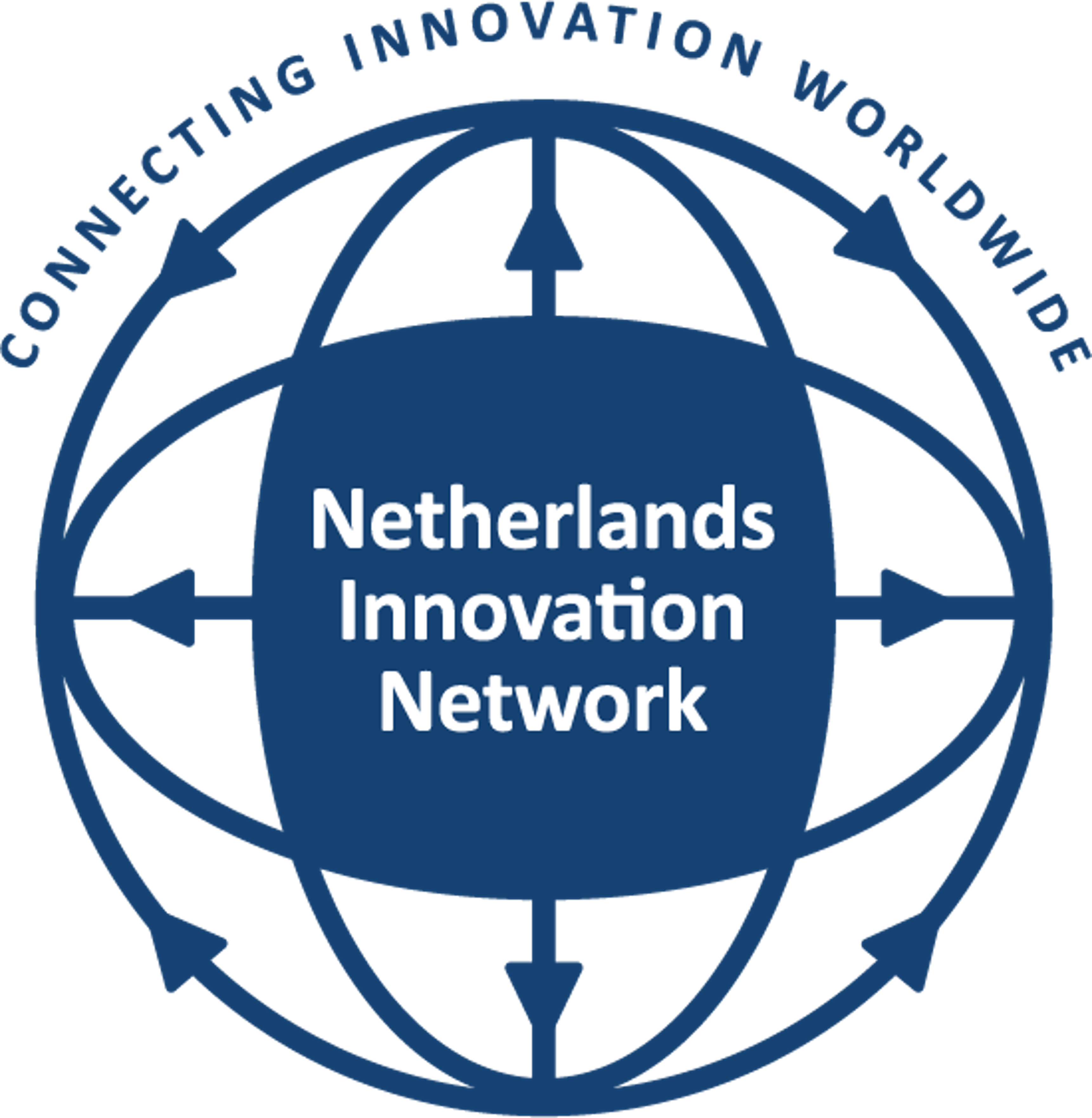
On March 18, the Chinese Academy of Sciences (CAS) announced the publication of its yearly scientific report. This report celebrates the recent advances in the Chinese scientific arena, and defines aims and challenges for future directions. The report consists of 3 books, describing scientific, sustainable and high technology development.
The highlighted landmark achievements of last year include the Chinese contributions to life sciences, physics, material sciences (especially with respect to graphene, which finds applications in the telecommunication, medical and security industries) and the lunar rover Jade Rabbit, which made global headlines last year.
Not surprisingly, pollution is a recurrent theme throughout the report. Whereas the impact of haze on health is carefully formulated, CAS appreciates the ecological impact of pollution and the necessity to reverse it. Scientific approaches for the reduction of air pollutants have been included in the report, as well as a multistep recommendation for legal reforms, increased energy efficiency, a trade market for emission permits and the encouragement of cleantech industry to innovate, develop and test in China.
The apparent focus on this year’s edition is innovation. Following CAS president Bai Chunli, who earlier this year advocated innovation as a driving force for pursuing success, it is expected that CAS will concentrate on optimizing Chinese platforms to attract, develop, and commercialize innovative initiatives.
See science, sustainable and high-tech reports for detailed information.
